的点评
A cry for the desertification of the Sahara
La vache qui pleure的点评
点评:Located not far from the asphalt road that connects Djanet to the airport, we reached this monolith of this unique place coming with a 4x4 from the opposite side, passing dunes and sandy stretches of an intense yellow color. A little further up, among the sand, you can see a small building where there is apparently a caretaker who we have not met. We stayed for a few minutes because the midday sun was very strong but we were able to appreciate this work created in the Neolithic and now a world heritage site. There is more than an explanation on the meaning of this engraving created by man in a period in which animal husbandry began to deal with the progress of the desertification of the Sahara. Perhaps this cry is due to the lack of water or the scarcity of pasture, both consequences of water scarcity. Definitely worth visiting if you are in Djanet.
翻译:这座巨石位于连接贾奈特和机场的柏油路不远处,我们从对面的一辆四轮驱动车前来,穿过深黄色的沙丘和沙地,到达了这个独特地方的巨石。再往前走一点,在沙地中间,你可以看到一座小建筑,那里似乎有一位我们从未见过的看守人。我们停留了几分钟,因为正午的阳光非常强烈,但我们能够欣赏到这座新石器时代的作品,它现在已成为世界遗产。关于这幅雕刻的含义,人们有多种解释,它是由人类在畜牧业开始应对撒哈拉沙漠化进程的时期创作的。也许这种呼喊是由于缺水或牧场稀缺,这两者都是水资源短缺的后果。如果你在贾奈特,这里绝对值得一游。
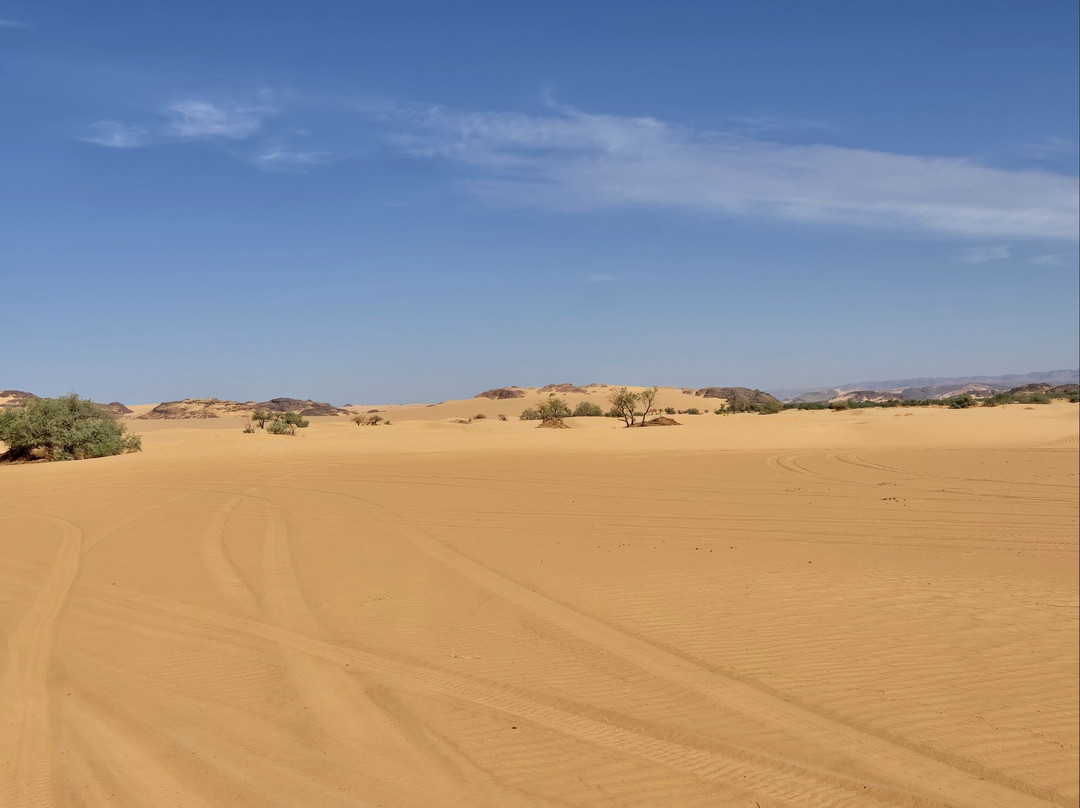
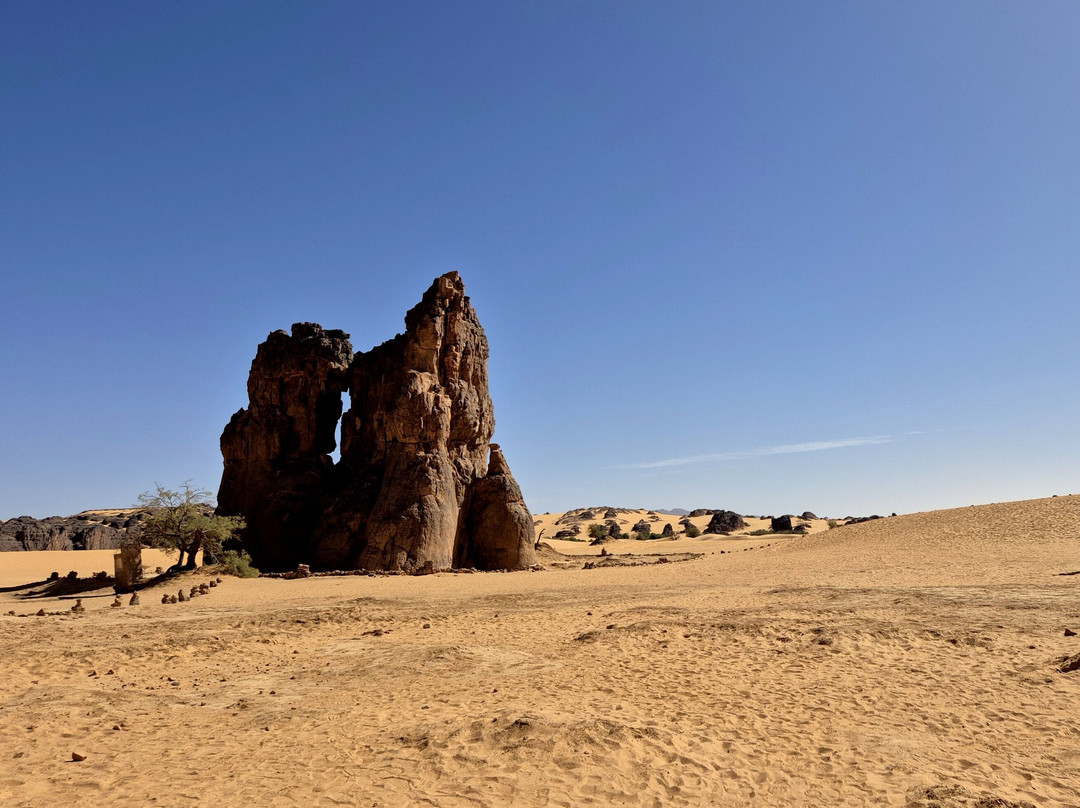
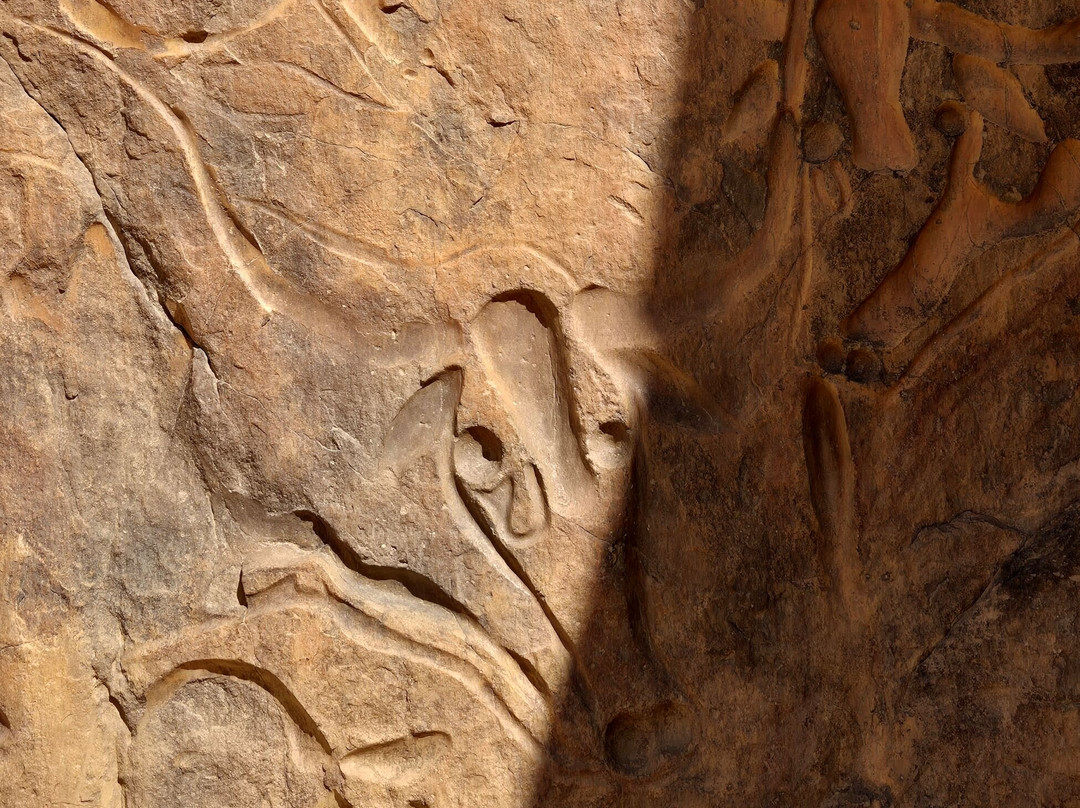
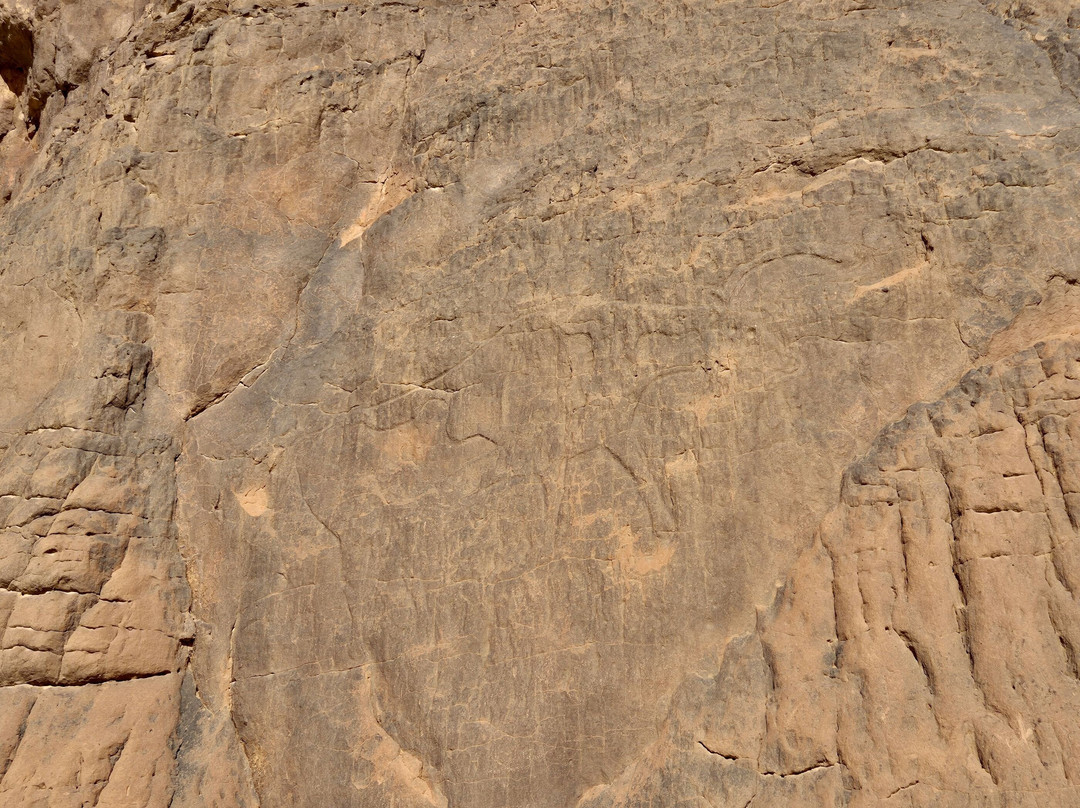
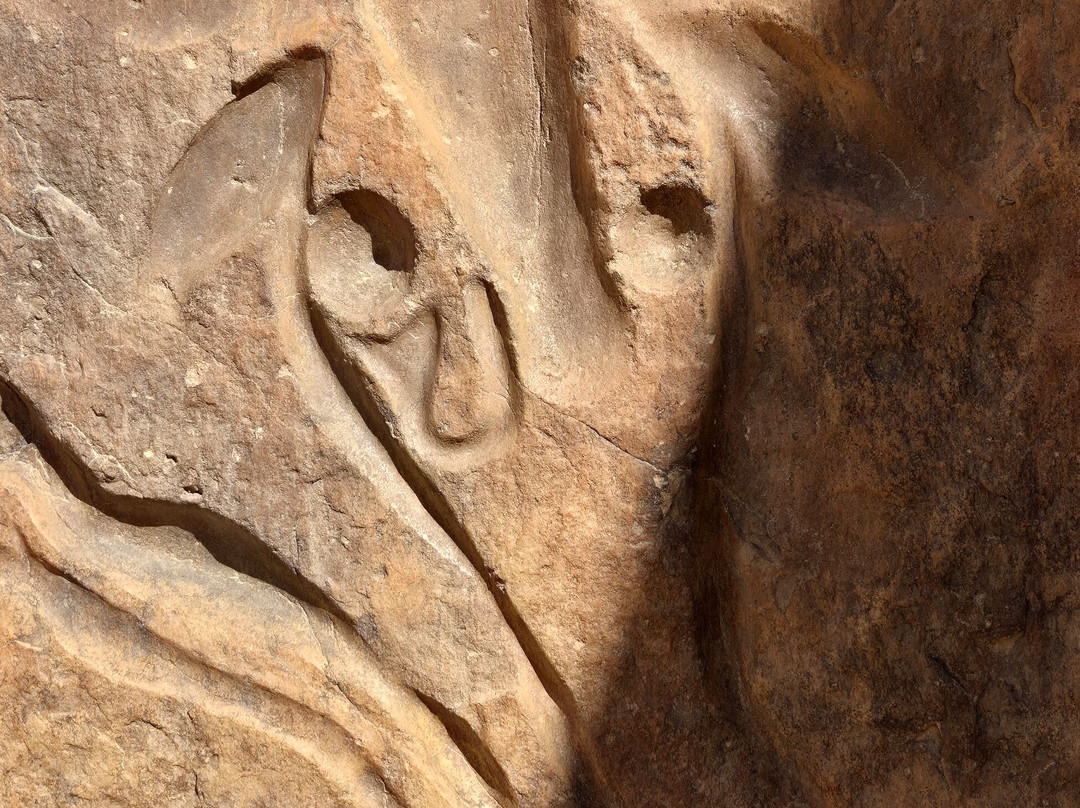
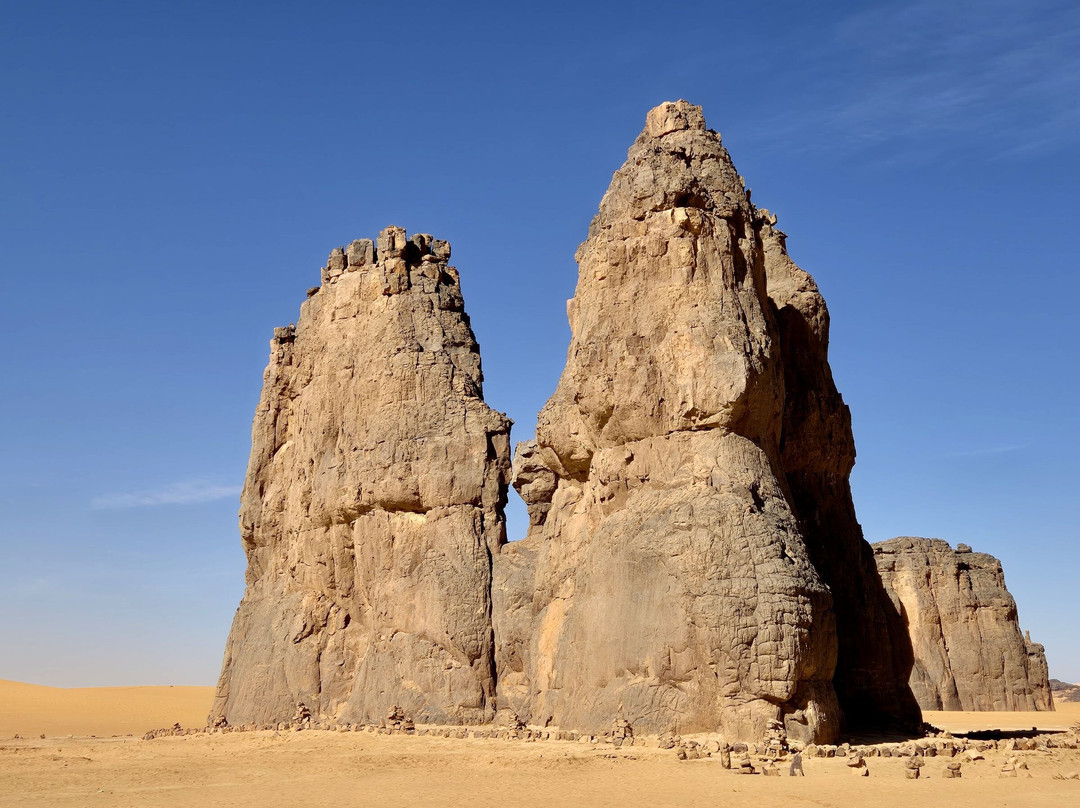
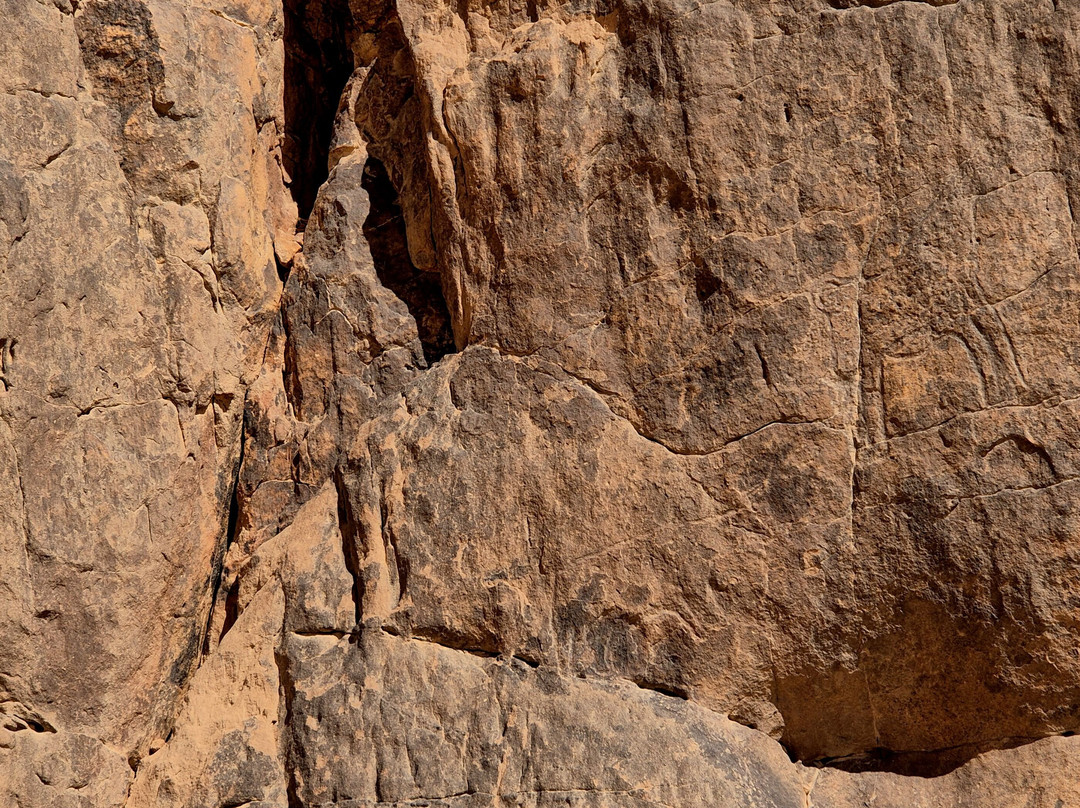
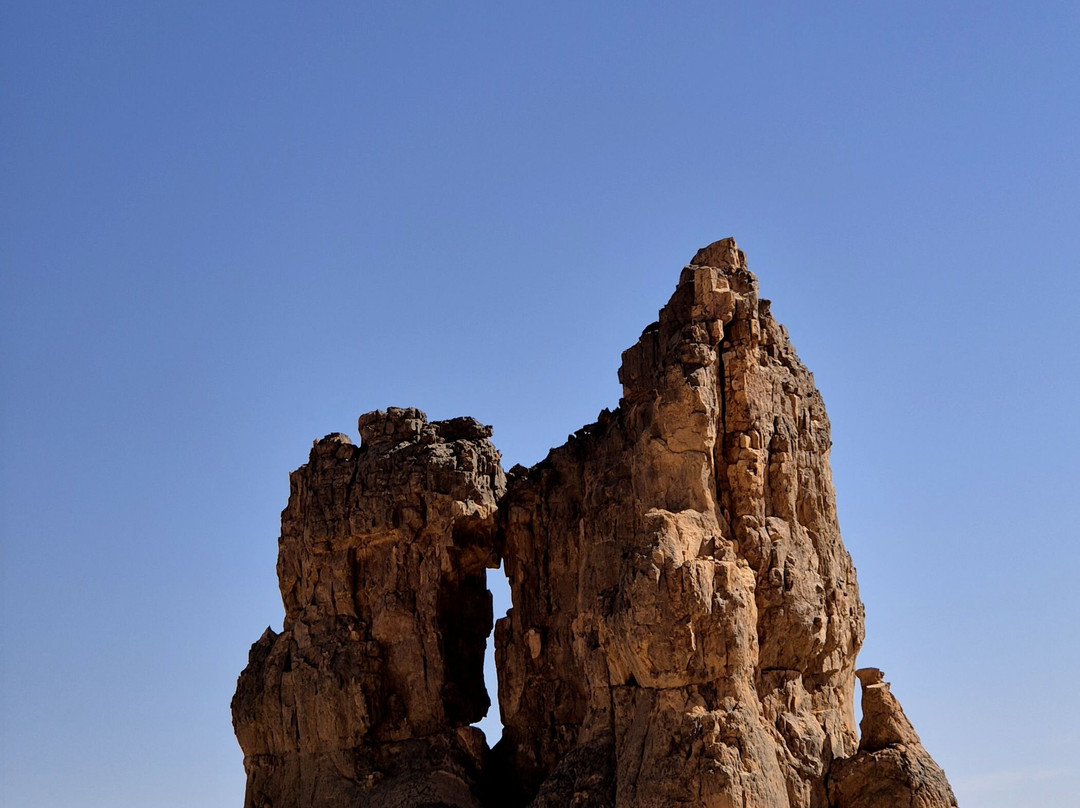
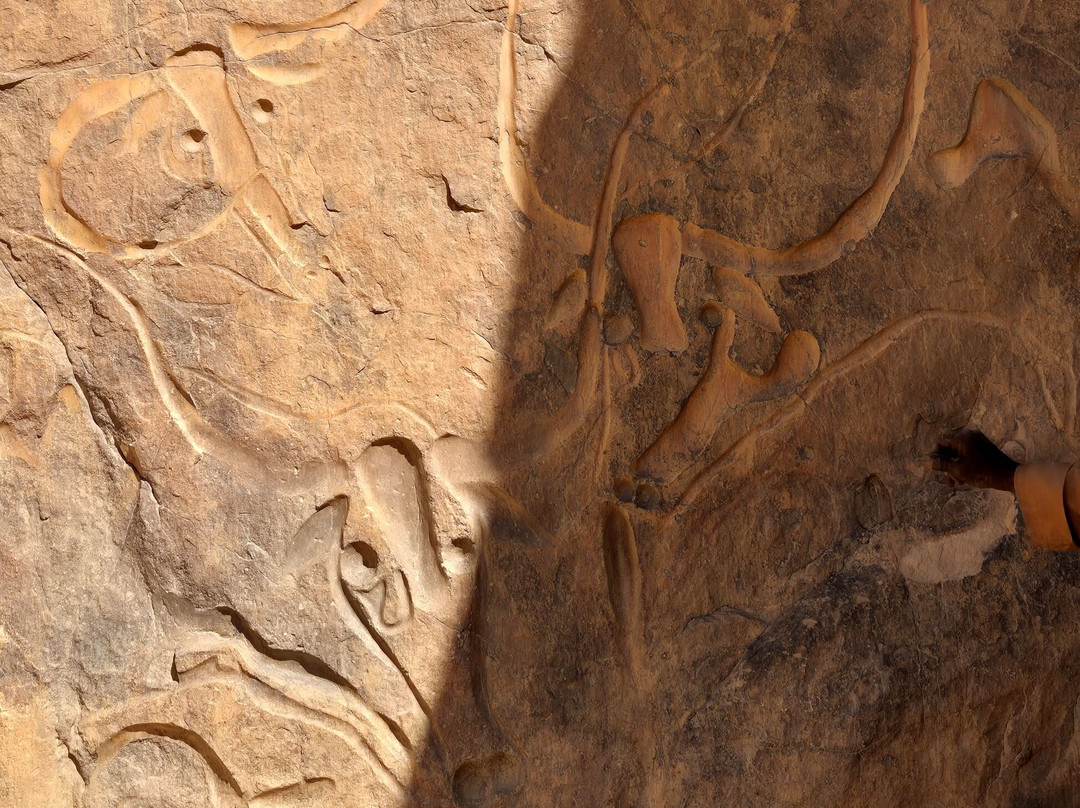
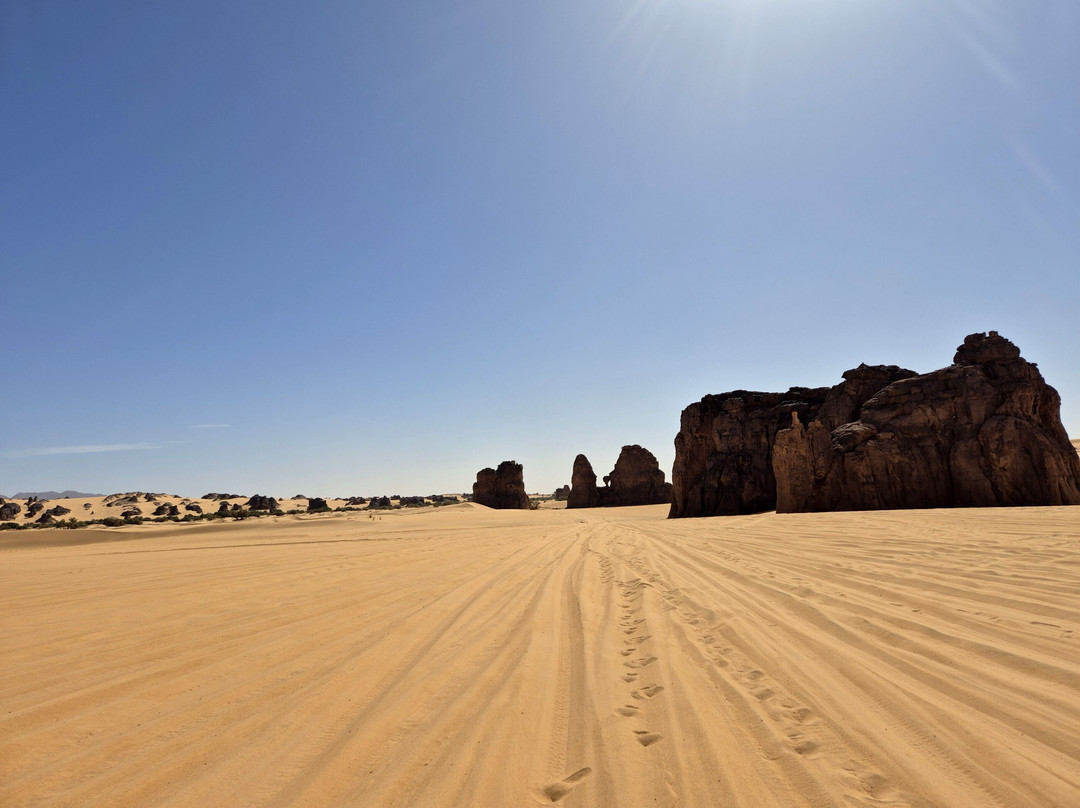
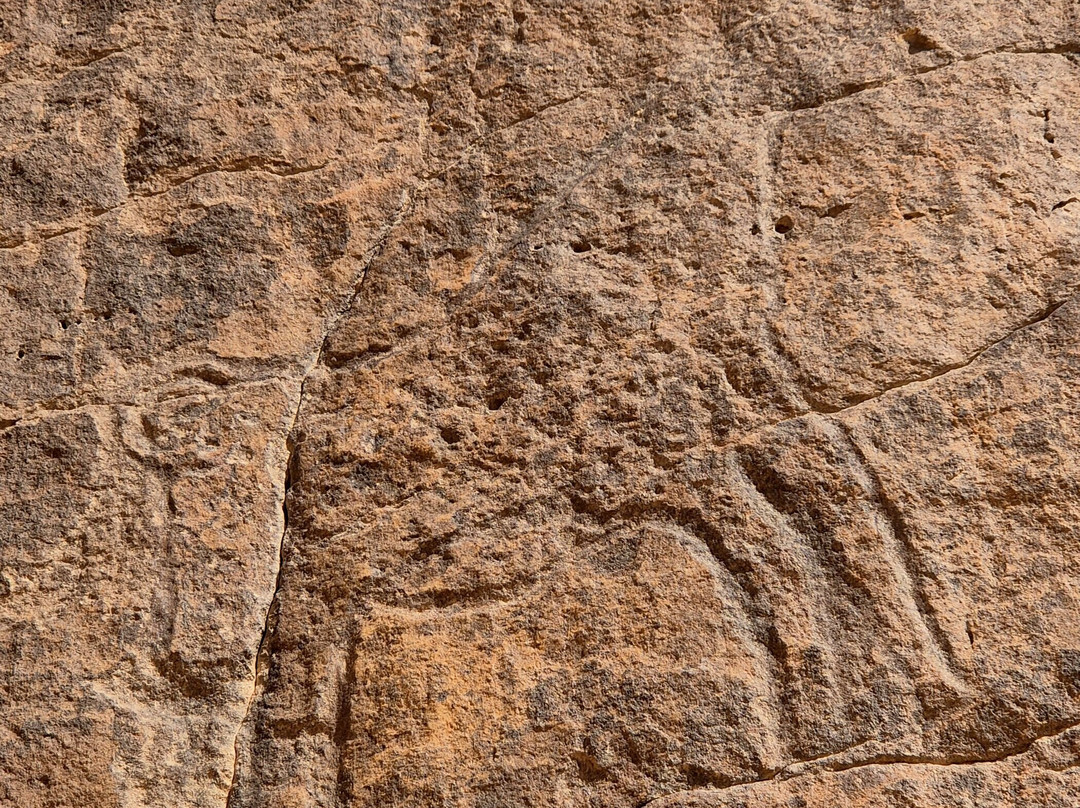
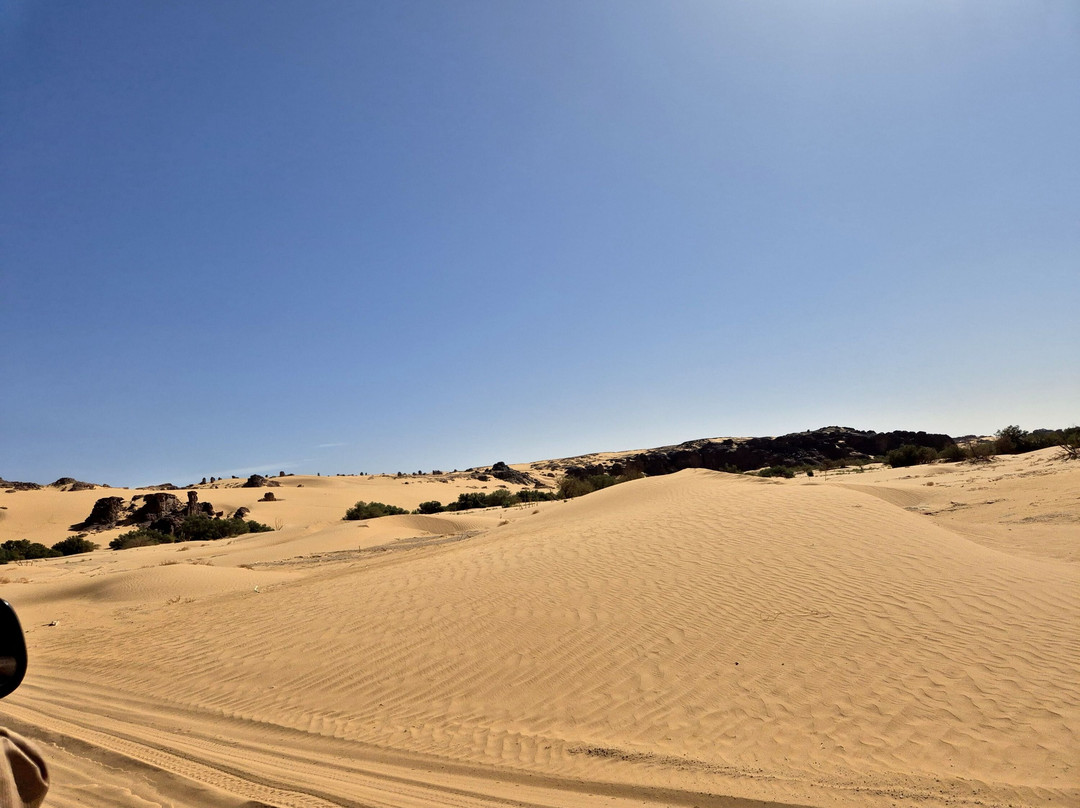
此点评仅代表旅行者个人的主观意见,并不代表TripAdvisor以及其合作方的意见。
关于我们
|
新闻动态
|
商务合作
|
会员中心
|
业主中心
|
业主通
|
常见问题
|
意见反馈
|
联系我们
|
营业执照
© 2025 Tripadvisor 版权所有。
使用条款 |隐私政策 |网站工作原理
部分照片由 VFM Leonardo 提供。
* Tripadvisor不是旅行社,也不是旅游预订服务代理商。我们提供免费、客观、公正的旅游资讯服务。 (显示更多)
TripAdvisor LLC 既不是预订代理商,也不是旅游运营商,不会向网站用户收取任何服务费。 按照规定,在 Tripadvisor 发布机票价格、游览和旅行套餐的合作伙伴(航空公司、旅行提供商及预订代理商),其标价须包含所有费用和附加费用。 例如, 机场出入境税费、消费税与其他服务费、手续费、杂费及附加费用。 当您向我们的某个合作伙伴进行预订时,请务必查阅他们的网站以了解当地行政部门要求的所有适用费用的具体情况。 除非另有说明,机票价格通常指的是一个人的价格(以人民币计)。
为方便起见,TripAdvisor LLC 根据从我们的预订合作伙伴获取的空房率计算每个酒店的均价。 对于游览和景点来说,所显示价格通常是每位成人的最低可用价格。 对于列出的任何旅行套餐或优惠,TripAdvisor LLC 无法保证任何特定的费率或价格。 此外,酒店均价每晚会更新,并以您的首选币种表示(使用现行汇率)。 由于这些已换算的价格是预估价格,因此,有关具体金额和币种请与预订网站进行核实。
此外,TripAdvisor LLC 无法保证我们网站上宣传的价格随时有效。 标价可能需要预订一定天数才能生效,或有不可用日期、使用条件或限制。
TripAdvisor公司对外部网站的内容一概不负责。优惠价格中不含税和其他费用。
ICP证:沪B2-20200433
沪ICP备20013175号
 沪公网安备31010502005427号
沪公网安备31010502005427号鹰程信息技术(上海)有限公司
货币/国家及地区
¥CNY
中国

